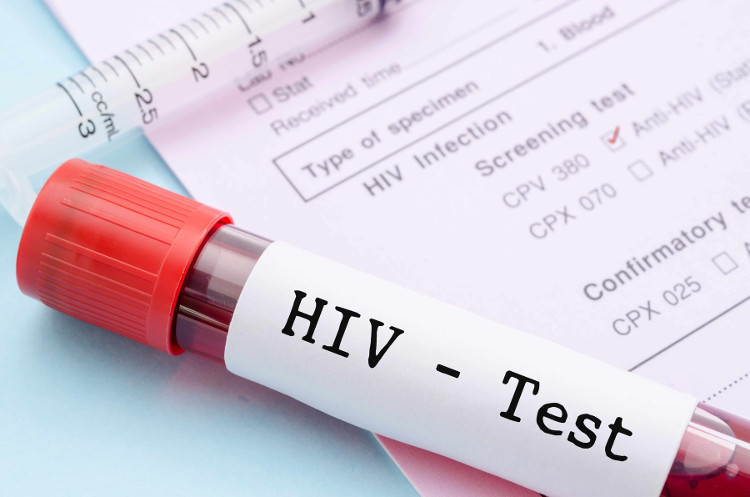Finding new HIV testing methods gives the fastest results
The Spanish National Research Council (CSIC) on February 16 announced that it has been granted a patent for a new method of HIV testing, allowing early diagnosis of HIV infections in just one week. after risk.
So far, this is an advanced test method for fastest results and low cost.
This new test method is conducted through a sensor developed by CSIC scientists. The device is capable of detecting p24 antigen , a protein found in HIV, in human blood.

Current RNA testing methods are quite expensive.(Photo: At Home STD Tests).
The superiority of this test method is to give quick results with a total time of 4 hours 45 minutes for 1 test.
Designed with a chip the size of a rice cake, the sensor is made up of silicon micro-mechanical structure and gold nanoparticles. Due to development based on available technology and cheap materials, this test device can be selected for widespread use as an optimal test method used in developing countries.
Currently, there are many methods of HIV testing in the world through antigen detection methods, but these methods are only applied after 3 weeks after the risk of infection and the time for testing results is longer.
Current RNA testing methods can detect HIV after 10 days after the risk, but the cost is high.
Early detection of the risk of HIV infection, immunodeficiency virus, will help infected people not transmit this dangerous virus to others through sexual intercourse.
According to the World Health Organization (WTO), in 2015, there are about 36.7 million people infected with HIV worldwide, mainly concentrated in low and middle income countries.
In 2015 alone, there are an estimated 2.1 million new HIV infections. There were 35 million people worldwide died of HIV-related diseases, of which 1.1 million were killed in 2015.
- Scientists developed methods for rapid testing of influenza viruses
- Australia: Applying a new DNA testing method with an 79% accuracy rate
- How to use a pregnancy test stick and how to read the most accurate pregnancy test results
- Identify crime in 90 minutes thanks to a new DNA testing machine
- This is the fastest way to swim in the world, but it is not present in competitions
- Scientific methods help predict election results
- The ancestor cannot be identified by DNA testing
- Cure hepatitis B with herbs
- The United States is about to test a vaccine against HIV in humans
- Latest discovery of the fastest runners on the planet
- The world's fastest liver transplant
- Method of finding objects falling on the sea surface
 Green tea cleans teeth better than mouthwash?
Green tea cleans teeth better than mouthwash? Death kiss: This is why you should not let anyone kiss your baby's lips
Death kiss: This is why you should not let anyone kiss your baby's lips What is salmonellosis?
What is salmonellosis? Caution should be exercised when using aloe vera through eating and drinking
Caution should be exercised when using aloe vera through eating and drinking